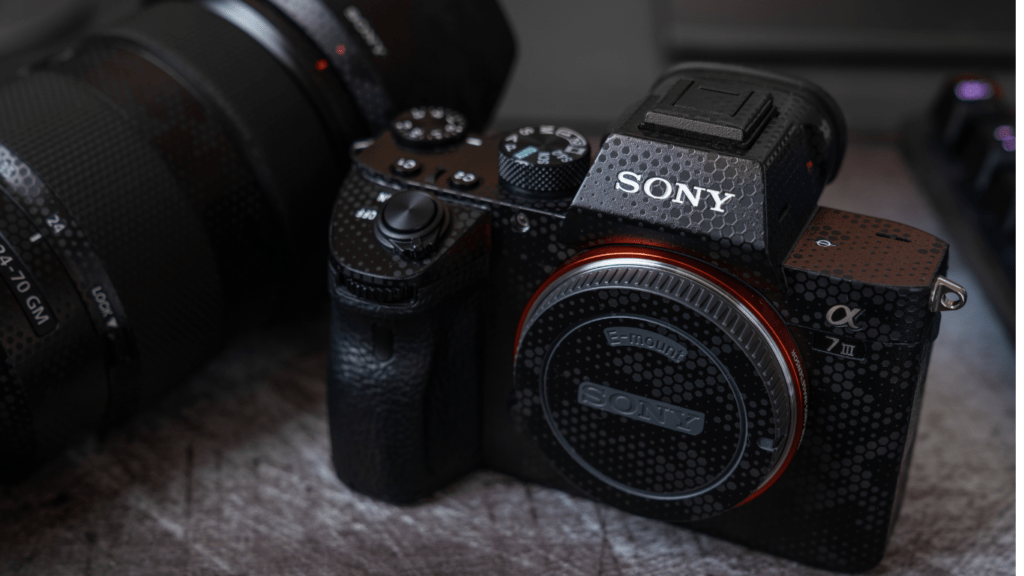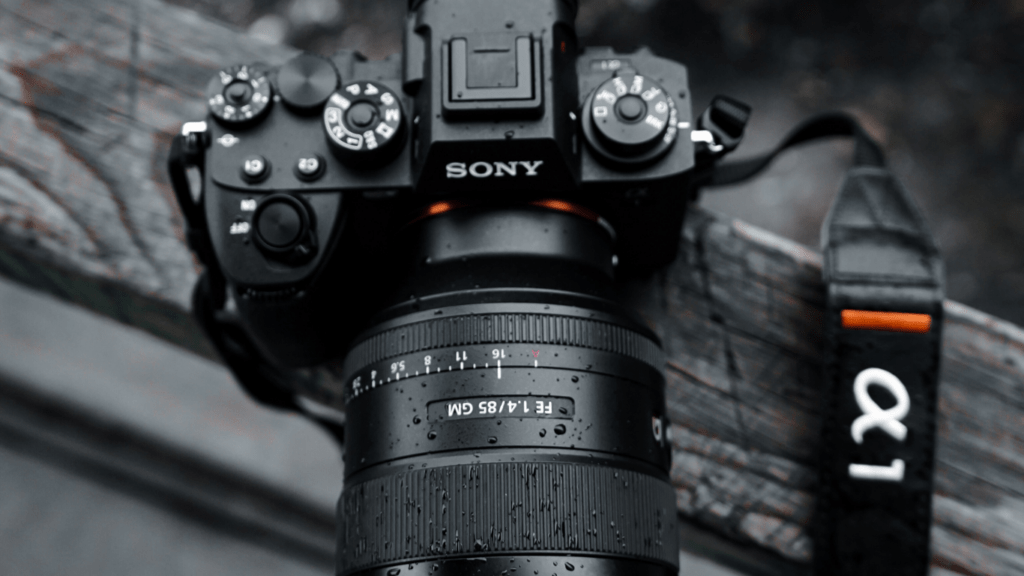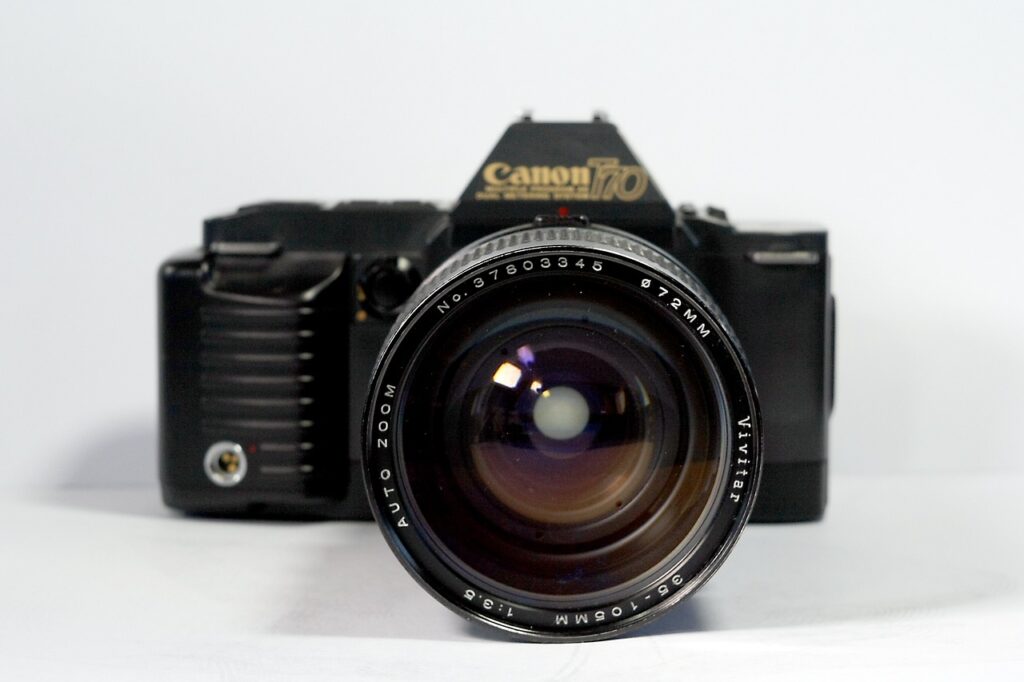When Sony drops a new Alpha series camera, it’s hard not to take notice. As a photographer, I’m always intrigued by the buzz surrounding these releases. Packed with cutting-edge features and promises of unparalleled performance, the latest Sony Alpha model has photographers and videographers alike asking one question: is it really worth the hype?
Overview Of The Latest Sony Alpha Series
Sony’s latest Alpha series introduces advanced technology focused on both professionals and enthusiasts. The series features full-frame mirrorless cameras with improved autofocus accuracy, enhanced burst shooting rates, and impressive low-light performance for varied shooting conditions.
The lineup includes models equipped with state-of-the-art Exmor RS sensors, enabling faster data processing and higher image resolution. Paired with BIONZ XR image processors, these cameras deliver refined image quality and reduced noise levels even in high ISO ranges.
Key updates in the Alpha series cover AI-powered autofocus systems, offering real-time subject tracking for people, animals, and vehicles. This enhancement aids users across diverse genres like:
- portrait
- wildlife
- sports photography
The cameras also include support for 8K/4K video recording with dynamic range optimization, catering to filmmakers and hybrid shooters.
Build quality emphasizes durability with magnesium alloy bodies, weather-sealed designs, and ergonomic handling. Compatibility with over 60 native E-mount lenses further expands creative possibilities, supporting versatile focal lengths and aperture ranges.
Connectivity options, such as Wi-Fi, USB-C, and HDMI output, provide efficient workflows for tethered shooting and file transfers. Enhanced battery performance extends usability in the field, making these models reliable for long-day shoots.
Design And Build Quality
The Sony Alpha series showcases a focus on premium craftsmanship and innovative design. Each camera feels professional, with an emphasis on usability and durability.
Ergonomics And Handling
I noticed the refined grip design, which offers a comfortable hold even during extended use. Sony has added a tactile, responsive button layout that caters to fast adjustments, crucial for dynamic shooting scenarios. The repositioned dials improve thumb accessibility, reducing hand fatigue in prolonged sessions. Compact models maintain a lightweight build without compromising functionality, making them ideal for on-the-go photography.
Durability And Materials Used
The use of magnesium alloy in the body construction enhances the camera’s robustness while keeping it lightweight. Weather sealing around key components, like the battery and lens mounts, provides effective resistance against dust and moisture, suitable for outdoor conditions. Sony’s attention to structural detail ensures the Alpha cameras withstand demanding environments without compromising performance.
Key Features And Specifications

The latest Sony Alpha series pushes the boundaries of camera technology, combining exceptional performance with advanced features to cater to both enthusiasts and professionals. Here’s a deeper look at its standout specifications.
Sensor And Image Quality
The Alpha series features cutting-edge Exmor RS full-frame sensors with resolutions up to 61 MP in select models. These sensors ensure superior dynamic range, vivid color reproduction, and outstanding detail in images. Paired with the BIONZ XR image processor, they deliver improved noise reduction and faster readout speeds. I noticed remarkable clarity even in low-light conditions, where the enhanced ISO performance (ranging up to ISO 204,800) ensured minimal grain and accurate tonal variation. These capabilities make it ideal for high-resolution landscape, portrait, and product photography.
Autofocus System
Sony integrates an AI-powered autofocus system, offering real-time subject tracking and unparalleled precision. With 759 phase-detection points covering approximately 94% of the sensor area, the cameras consistently lock focus on fast-moving subjects. Eye autofocus works seamlessly across humans, animals, and birds, detecting eyes with precision. During my hands-on experience, burst shooting at 30 FPS retained critical sharpness in action sequences, demonstrating the autofocus system’s reliability and speed. Its performance enhances the workflow for sports, wildlife, and event photography.
Video Capabilities
The cameras support 8K recording at 30 FPS and 4K at 120 FPS, delivering cinematic video quality. The 10-bit 4:2:2 internal recording captures immense detail, ideal for professional videographers. Advanced features like S-Cinetone and S-Log3 deliver dynamic color grading options. I found the active mode stabilization effective in producing smooth handheld footage, even during dynamic movements. Additionally, dual card slots supporting CFexpress Type A and SD cards provide flexibility for simultaneous high-resolution video and still file storage. These features make it a versatile tool for content creators and filmmakers.
Comparison To Competitors
Sony’s latest Alpha series enters a market filled with capable options from brands like Canon, Nikon, and Fujifilm. Here’s how it competes and what sets it apart.
How It Stacks Up Against Similar Models
I compared the Alpha series to Canon’s EOS R5 and Nikon’s Z9, two flagship mirrorless cameras. The Alpha series stands out for its AI-powered autofocus, outperforming competitors in real-time subject tracking. While Canon’s dual-pixel autofocus is responsive, Sony’s 759 phase-detection points consistently delivered superior accuracy, even with fast-moving subjects.
For video capabilities, Sony offers 8K recording at 30 FPS and 4K at 120 FPS, similar to the EOS R5. However, the Alpha series has better heat management, making it ideal for longer video shoots. Nikon’s Z9 also impresses with its 8K support but lacks the compact body design of Sony models, which enhances portability.
Low-light performance is another highlight. Both Canon and Nikon excel with high ISO settings, but the Exmor RS sensor in the Alpha series showed reduced noise and exceptional detail retention. Additionally, the BIONZ XR processor ensures faster image readouts and real-time feedback, surpassing competitors in overall responsiveness.
Unique Selling Points Of The Sony Alpha Series
The Alpha series integrates features that define its competitive edge. The AI-driven autofocus system not only tracks subjects but also recognizes animals, vehicles, and faces, a capability that feels seamless during fieldwork. This level of precision simplifies capturing complex scenes.
Sony’s compact, magnesium alloy body ensures durability without the bulk found in other professional mirrorless cameras. Weather sealing provides added confidence during outdoor shoots, while the extended battery life supports over 600 shots per charge, more than Canon’s standard batteries in the EOS R series.
The dual SD/CFexpress card slots offer flexibility for professionals handling large RAW files or 8K video. With 15+ stops of dynamic range and vivid color reproduction, the visual output surpasses most direct competitors, making the Alpha series ideal for both photography and filmmaking.
Pros And Cons
Pros
- Exceptional Image Quality: The Exmor RS sensor, with resolutions up to 61 MP, ensures outstanding dynamic range, vibrant color accuracy, and reduced noise. Images retain detail even in challenging light conditions.
- Cutting-Edge Autofocus: The AI-powered autofocus uses 759 phase-detection points for precise real-time tracking, excelling at capturing fast-moving subjects.
- Video Capabilities: Support for 8K recording at 30 FPS and 4K at 120 FPS meets professional videography standards, with enhanced heat management for longer recording sessions.
- Durability and Design: Magnesium alloy construction, weather sealing, and ergonomic grips offer comfort and reliability, even in harsh environments.
- Improved Battery Life: Over 600 shots per charge and efficient power management ensure longer shooting sessions without frequent interruptions.
- Connectivity Options: Dual card slots, USB-C, Wi-Fi, and Bluetooth provide flexibility in file storage and seamless integration with other devices.
Cons
- Premium Pricing: Entry-level models start around $2,500, while flagship versions exceed $6,000, making affordability a concern for non-professionals.
- Complex Menu System: Despite performance features, navigating settings can be overwhelming for first-time users, requiring a steep learning curve.
- Larger File Sizes: High-resolution images and 8K videos demand significant storage space and processing power, increasing post-production costs and time.
- Limited Availability: Due to high demand, certain models may face stock shortages soon after release, causing delays for potential buyers.




